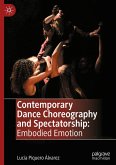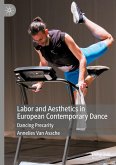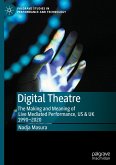This book takes choreographer William Forsythe's choreographic and scenographic processes as a holistic lens through which to view dance as a fundamentally visuo-sonic art form and choreography as a form of perceptual experimentation. In doing so, it reveals how the made worlds within which postdramatic dance is situated influence how choreography is perceived. Resonating with ecological perspectives but also drawing on an extensive range of cognitive research approaches, the volume's choreo-scenographic perspective emphasizes the importance of considering the expanded scenography of lighting, sound, space, scenic elements, costume, and performer movement when analyzing the sensory and cognitive perception of dance. The volume provides a first book-length cognitive study of both an individual choreographer and the aesthetics of postdramatic theatre. It also satisfies a need for more dedicated scholarship on Forsythe, whose extensive and varied array of groundbreaking ballets and dance theater works for the Ballett Frankfurt (1984-2004), The Forsythe Company (2005-15), and as an independent choreographer have made him a key figure in 20th/21st century dance.
This book is a significant contribution to both cognitive science and dance and performance studies. What makes this book valuable is that it bridges the gap between cognitive science and dance in a way that enriches both fields. For those in dance education, it provides new ways to think about and discuss contemporary choreography. For cognitive scientists, it shows how dance practices can contribute to our understanding of perception and embodied experience. (Sarah Pini, Choreographic Practices, intellectbooks.com, June, 2025)








